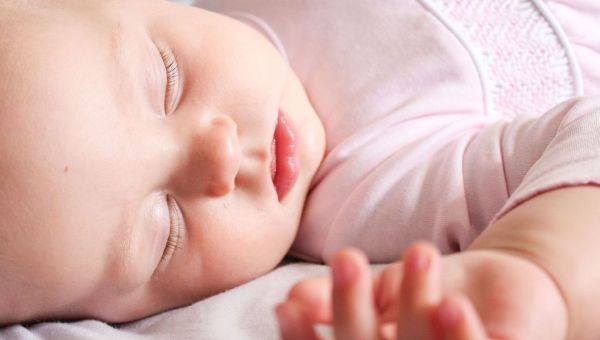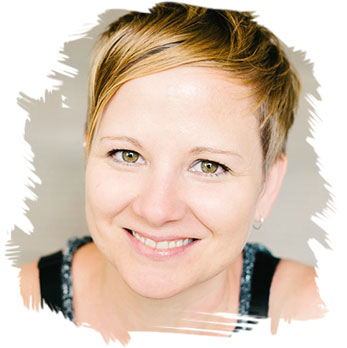
Active Parks: Music And Movement Program
Active Parks Music Program dates for 2025 – 2026 We are happy to announce that Music Beat Kids – the home of Boppin’ Babies –

Does your baby or toddler wake you many times during the night? Do you have more than one child, with each waking you at different times? Does unbroken sleep seem like a distant memory?
Then this checklist of five baby sleep tips is for you!
Night waking can happen for many reasons, from medical conditions to undiagnosed sleep issues. Even the smallest change can help to minimise the number of night wakings so that you can all gain a more peaceful night’s sleep.
The optimal temperature for sleep is 18-22 degrees Celsius. Too warm and your child can overheat, too cold and they will wake because they’re cold, so 18-22 is just right.
Clear the room of any unnecessary clutter, mirrors or large colourful mobiles, murals or toys that can be stimulating during naps, night wakings or early rises.
Think about the sleep space as being neutral, calming and… kind of boring.
Keep it simple so your child isn’t intrigued and stimulated by what is around them when they are supposed to be sleeping.
Invest in block out blinds to keep the room as dark as possible for naps and during the night/early morning.
This is particularly important in Queensland when the sun rises at 4.30am in summer and you find your child is waking with the sun.
Block the light from creeping in and you’ll be amazed at how much of a difference that makes.
If you don’t have block outs – use gaffer tape, cardboard or anything to block those cracks of light.
This is a simple one but can make such a difference.
Many white noise apps are available for mobile devices. Find small, portable white noise machines that are battery operated if you don’t want a device in the room.
White noise does many things: blocks out external noise in the house or in the neighbourhood (think street cleaners, possums on the roof, your neighbour’s barking dog).
A calm, constant and predictable sound is a signal that sleep is coming. It’s a trigger to relax and go to sleep (sleep association) or return to sleep after night wakings.
To be effective it needs to be used all night long and for naps, not just until children are asleep.
It also doesn’t have to be traditional white noise, it can be ocean waves or rain sounds, whatever you like best.
If your baby or toddler wakes during the night, keep voices low, lights dim and return them to sleep or bed as soon as possible after their needs have been met.
Keep everything handy if you need to do a nappy change, so you don’t have to walk around the house to change a nappy.
If you have a child who wets the bed frequently, make the bed up twice with a mattress protector between them so you only need to pull off the wet things and there is a dry bed made underneath.
Whatever the reason for the waking, try to keep it calm, minimum fuss and avoid taking them out of their sleep environment.
This means no TV in the lounge room or a snack from the kitchen. This can easily become a regular and exciting thing to wake up for!
Carla Morgan has developed The Newborn, Baby & Toddler Sleep Workshop so that parents can gain more insight into sleep challenges, and to help children (and parents) get the best sleep they can.
When: Saturday 27 October from 2 – 4pm
Where: Centrepoint Church Hall, 240 Hamilton Road, Chermside
Cost: $20 with light refreshments provided
Babies and toddlers are more than welcome to come along with you.
[button url=”https://musicbeat.com.au/news/baby-sleep-workshop/” target=”_self” color=”primary” size=”large”]Learn More[/button]

Carla is a mother-of-three and a Holistic Maternity and Child Sleep Consultant.
She works one-on-one with families, usually over a 3-4 week period to help them get their little people sleeping better.
Some families really need individualised attention while others just need information, practical tools and tips to be able to improve their child’s sleep.
Learn more about how Carla can help your family at birthandbabyhub.com.au

Active Parks Music Program dates for 2025 – 2026 We are happy to announce that Music Beat Kids – the home of Boppin’ Babies –

Expanding Horizons: Connecting & Diversifying The Music Beat Australia Workshop and Symposium is an opportunity for Registered Music Therapists (RMTs) to gather, share, collaborate, and